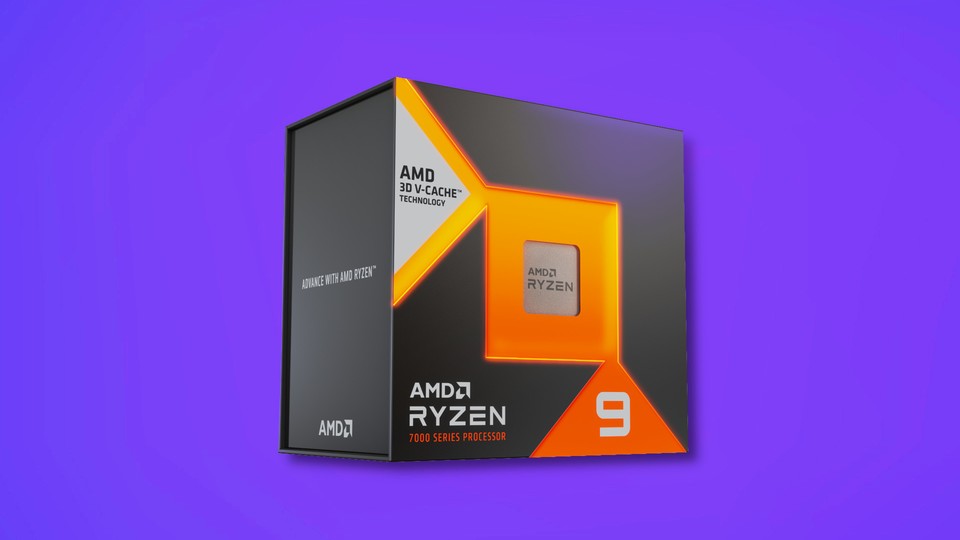Processors and graphics cards that are up to ten times faster: The material required for this is called graphene. This should make semiconductor products more efficient and lighter in the future. But before graph graphics cards and processors can be mass-sold, there is one major problem that needs to be solved.
Graphene, the material of the future
So far, silicon has been the material of choice when it comes to modern hardware such as smartphones, processors or graphics cards. But that could change in the future. Graphene is much stronger than silicon, even 200 times stronger than steel.
Despite its high stability, graphene is as light as a feather. With a density of 2.267 g/cm³, it is even slightly lighter than silicon (2.33 g/cm³). So a graphene computer could be more stable without gaining weight.
Graphene is also extremely conductive and can transfer electricity and heat just as well as silicon.
Several hardware manufacturers are researching graphs
That is why the IT industry is actively researching possible uses for graphs.
The company IBM, which produces high-performance computers, among other things, presented a thin semiconductor plate equipped with graphene as early as 2010. The chips built with it could reach frequencies in the range of 100 GHz. Theoretically even 1,000 GHz would be possible.
The potential becomes clear when compared to silicon chips: in 2010, the Intel Core i7-980X Extreme Edition reached a top speed of almost 5 GHz.
Even current processors, such as the AMD Ryzen 9 7950X3D, can only reach speeds of up to 5.7 GHz.
Still too expensive: Unfortunately, graphene has not yet made it into the mainstream of chip development. This is mainly due to the high production price of the material. A tonne of graphene costs between 61,000 and 183,000 euros. While a ton of silicon only costs 5,390 to 12,800 euros.
Young research field: But not only the production price is a problem. Research into the processing of silicon has been going on for decades, while graphene has only been able to be produced since 2004. For this reason, the processing of graphene in chip production has not yet been researched very well.
How is graphene composed?
Graphene is actually just carbonwhose atoms are arranged in a certain structure.
In nature, carbon is found in the form of a tetrahedron (diamonds) and in a trigonal structure (graphite). However, both structures limit the possible applications in the field of chip production.
In graphene, carbon atoms are surrounded by three other carbon atoms at an angle of 120 degrees. Graphene looks similar to a honeycomb under a microscope.
This structure gives graphene the special properties that make the material so interesting for the IT industry.
The special structure of graphene gives the material its special properties.
Graphene is not the only material of the future. Tritium, a hydrogen isotope, could supply many people with electricity in the future: Only 20 kilograms are produced worldwide in one year: Scientists want this little-known element to be the future of electricity generation.
Have you heard of graphs? What would you of one graphic cards
that weighs almost nothing but is extremely stable? Could graphene hardware be so light in the future that it weighs next to nothing? And would silicon have had its day as a semiconductor? Write us your opinion in the comments.




 What’s happening with AI? Researcher explains why you can look forward to more creative NPCs, competition for ChatGPT and hot dog tomatoes
What’s happening with AI? Researcher explains why you can look forward to more creative NPCs, competition for ChatGPT and hot dog tomatoes Cowboy launches new on-demand service: That’s what’s inside
Cowboy launches new on-demand service: That’s what’s inside The new 4K Fire TV stick is now brutally reduced and transforms your old television into a smart TV
The new 4K Fire TV stick is now brutally reduced and transforms your old television into a smart TV The best mouse I’ve ever had, convinces me for gaming, work and home office and is different than all its predecessors!
The best mouse I’ve ever had, convinces me for gaming, work and home office and is different than all its predecessors! The first smart glasses suitable for everyday use that you can buy
The first smart glasses suitable for everyday use that you can buy